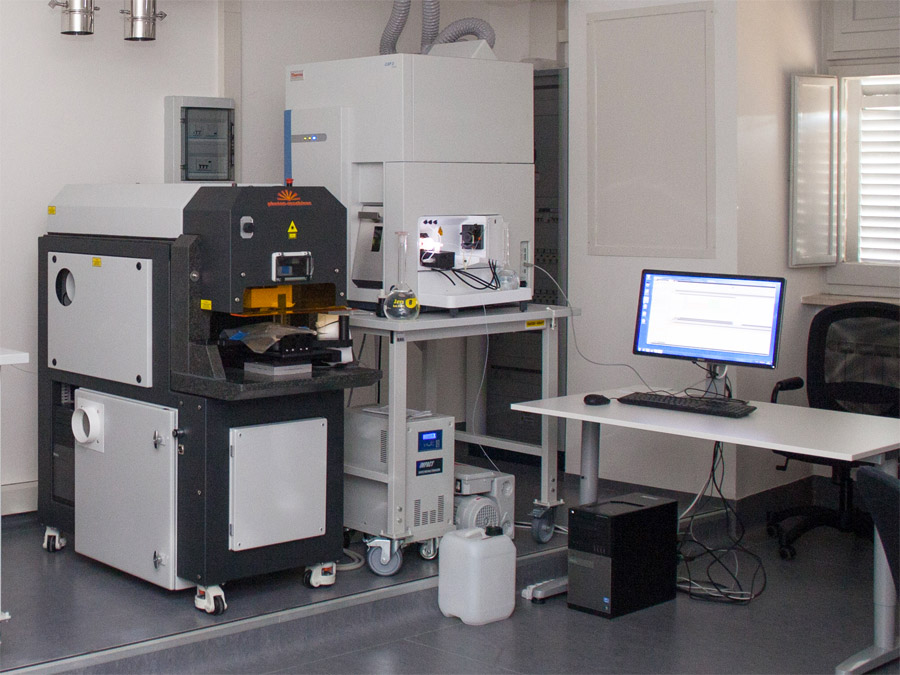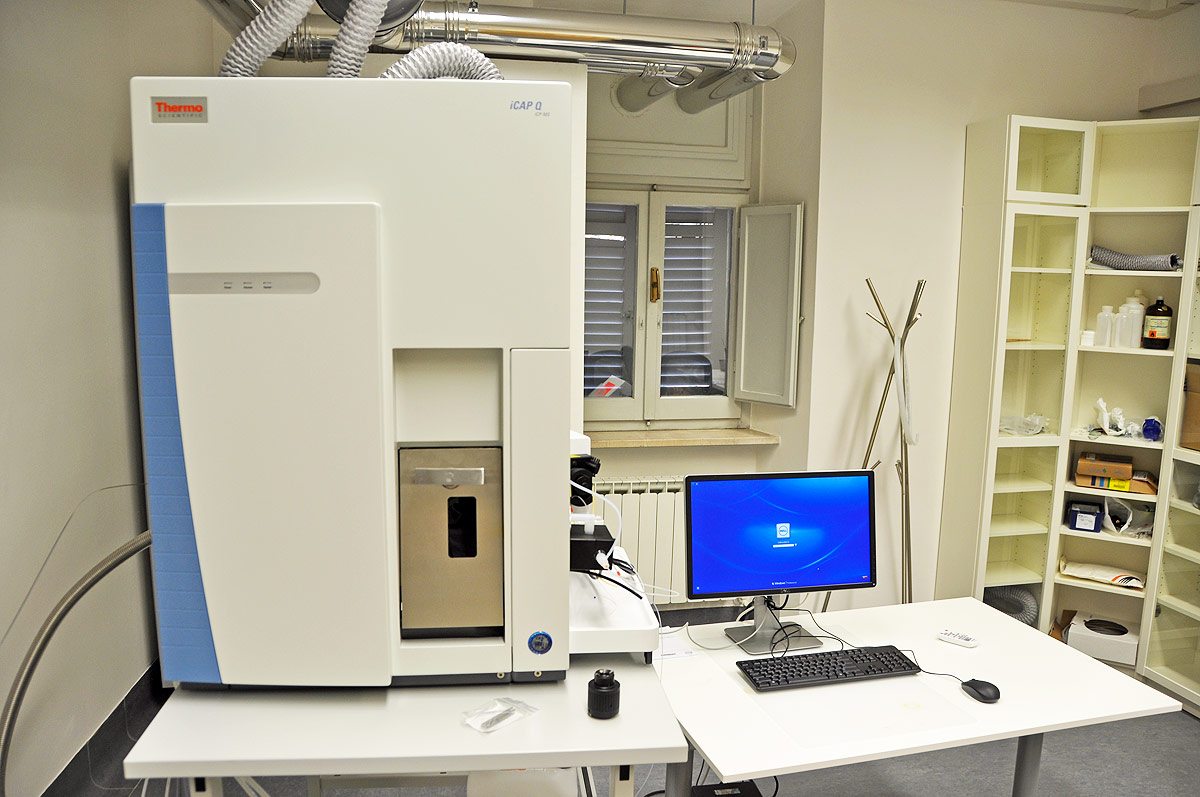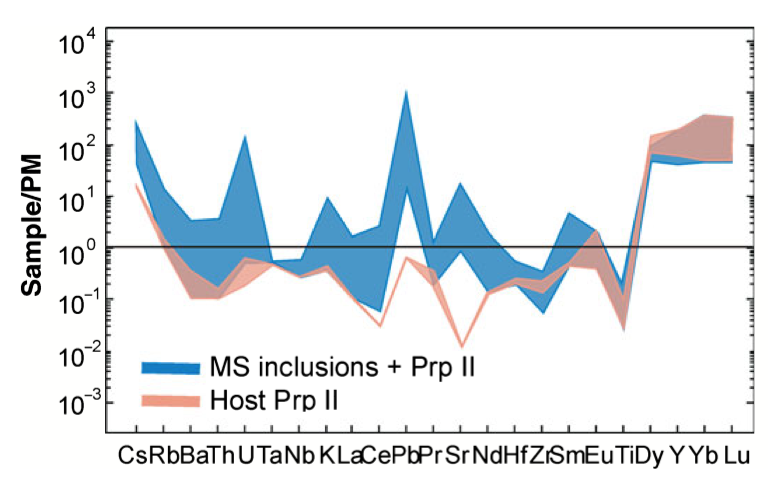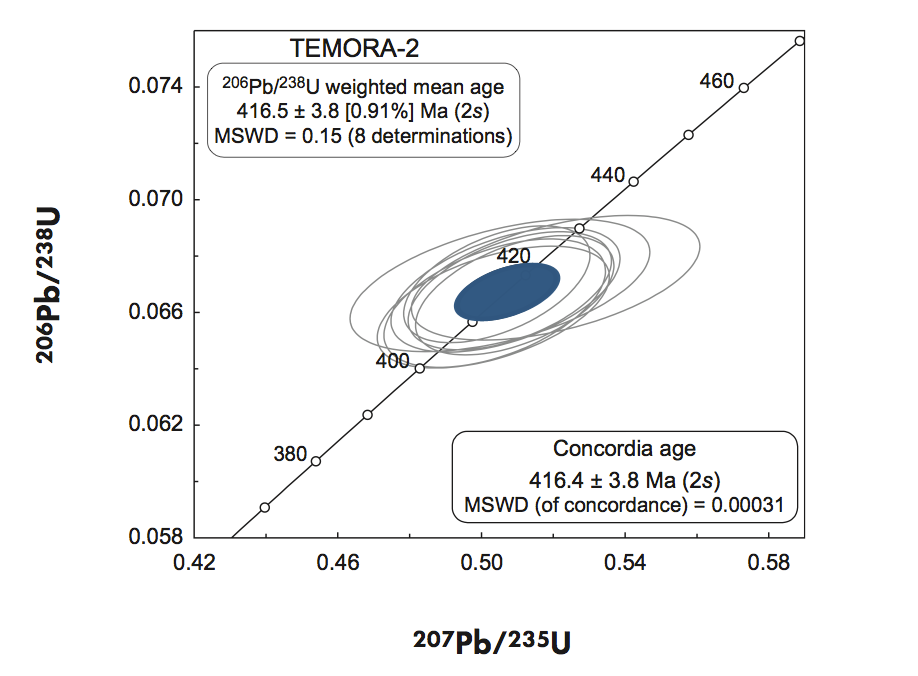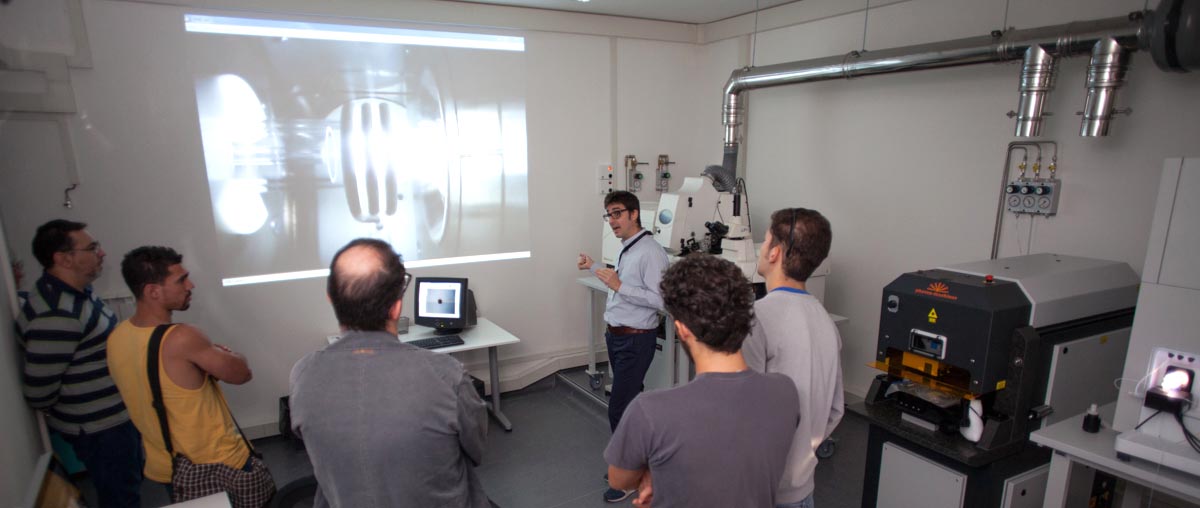
LASER ABLATION INDUCTIVELY COUPLED PLASMA MASS SPECTROMETRY
Intro
Laser Ablation Inductively Coupled Plasma Mass Spectrometry (LA-ICP-MS) is widely used as a powerful micro analytical technique for solid sample analysis in a variety of scientific fields including geological, biological, archaeometrical, environmental, nuclear and metallurgical sciences.
Within an ‘ablation cell’ an amount of matter is extracted from the sample focusing a laser beam on its surface. The energy provided by the laser is absorbed by the sample resulting in vaporization and generation of aerosol which is subsequently transported by a ‘carrier gas’ through tygon tubes into the ICP-MS instrument.
Here the sample is ionized by the ICP-torch and analyzed by the Mass Spectrometry instrumentation.
The laboratory is equipped with two LA-ICP-MS instrumentations:
– Thermo X SERIES ICP-MS + NEW WAVE UP213 Laser system (2012)
– Thermo iCAP q ICP-MS + Teledyne Photon Machine G2 Laser system
EQUIPMENTS
ICP-MS
- Thermo Fischer Scientific iCAPq quadrupole ICP-MS
- Thermo Fischer Scientific X-SERIES quadrupole ICP-MS
LASER ABLATION SYSTEMS
- NW UP213 Solid State Laser Ablation System
- Photon Machine G2 193 Excimer Laser Ablation System
APPLICATIONS
Trace Elements on Minerals and Glasses
- We routinely analyze Silicate Minerals and glasses with lateral resolutions ranging from less than 20 micron to more than 80 micron.
- Elements range from Sc to U including V, Cr, Ga, Rb, Sr, Y, Zr, Nb, Cs, Ba, REEs, Hf, Ta, Pb and Th.
- Precision (expressed as relative standard deviation) and accuracy (expressed as relative deviation from the reference value) are generally better than 10%.
- External calibration is performed using NIST SRM 610 and 612 glass standards in conjunction with internal standardization using a major element, generally 29Si or 42Ca
- Data reduction is performed on the time-resolved signals by carefully selecting homogeneous portion of background and signal intensity.
References
- Petrelli M., Perugini D., Alagna E., Poli G. & Peccerillo A . (2008) – Spatially Resolved and Bulk Trace Element Analysis by Laser Ablation – Inductively Coupled Plasma – Mass Spectrometry (LA-ICP-MS), Periodico di Mineralogia, 77 (1), 3-21.
- Petrelli M., Perugini D., Poli G. & Peccerillo A. (2007) – Graphite Electrode Lithium Tetraborate Fusion for Trace Element Determination in Bulk Geological Samples by Laser Ablation ICP-MS, Microchimica Acta, 158 (3-4), 275-282
- Petrelli, M., Caricchi, L., Ulmer, P., 2007. Application of High Spatial Resolution Laser Ablation ICP‐MS to Crystal‐Melt Trace Element Partition Coefficient Determination. Geostandards and Geoanalytical Research 31, 13-25.
Melt and Multiphase Inclusions
- We are currently working on melt and multiphase inclusions. Exposed melt inclusions are analysed using the same analytical protocols used for trace elements on mineral phases. Unexposed melt inclusions require more complex acquisition and data reductions procedures.
References
- Frezzotti, M.L., Ferrando, S., Peccerillo, A., Petrelli, M., Tecce, F., Perucchi, A., 2010. Chlorine- rich metasomatic H2O–CO2 fluids in amphibole-bearing peridotites from Injibara (Lake Tana region, Ethiopian plateau): Nature and evolution of volatiles in the mantle of a region of continental flood basalts. Geochimica et Cosmochimica Acta 74, 3023-3039
- Ferrando, S., Frezzotti, M., Petrelli, M., Compagnoni, R., 2009. Metasomatism of continental crust during subduction: the UHP whiteschists from the Southern Dora‐Maira Massif (Italian Western Alps). Journal of Metamorphic Geology 27, 739-756
U/Pb Geochronology
- Zircon and monazite U-Pb isotope dating is routinely performed using laser beam diameters ranging between 20-60 µm.
- A matrix-matched reference material (zircon RM 91500 and monazite RM 44069) is employed to correct for instrumental mass bias and laser induced U-Pb fractionation.
- Using 20 µm beam diameters, accurate single spot 206Pb/238U ages, with precisions generally better than 5% (2s), are achieved on zircons and monazites as young as 30 Ma.
References
- Alagna, K.E., Petrelli, M., Perugini, D., Poli, G., 2008. Micro‐Analytical Zircon and Monazite U‐Pb Isotope Dating by Laser Ablation‐Inductively Coupled Plasma‐Quadrupole Mass Spectrometry. Geostandards and Geoanalytical Research 32, 103-120
CONTACTS
To apply for the the LA-ICP-MS facility please refer to Maurizio Petrelli Tel: +39 075 585 2607 mail: maurizio.petrelli@unipg.it

